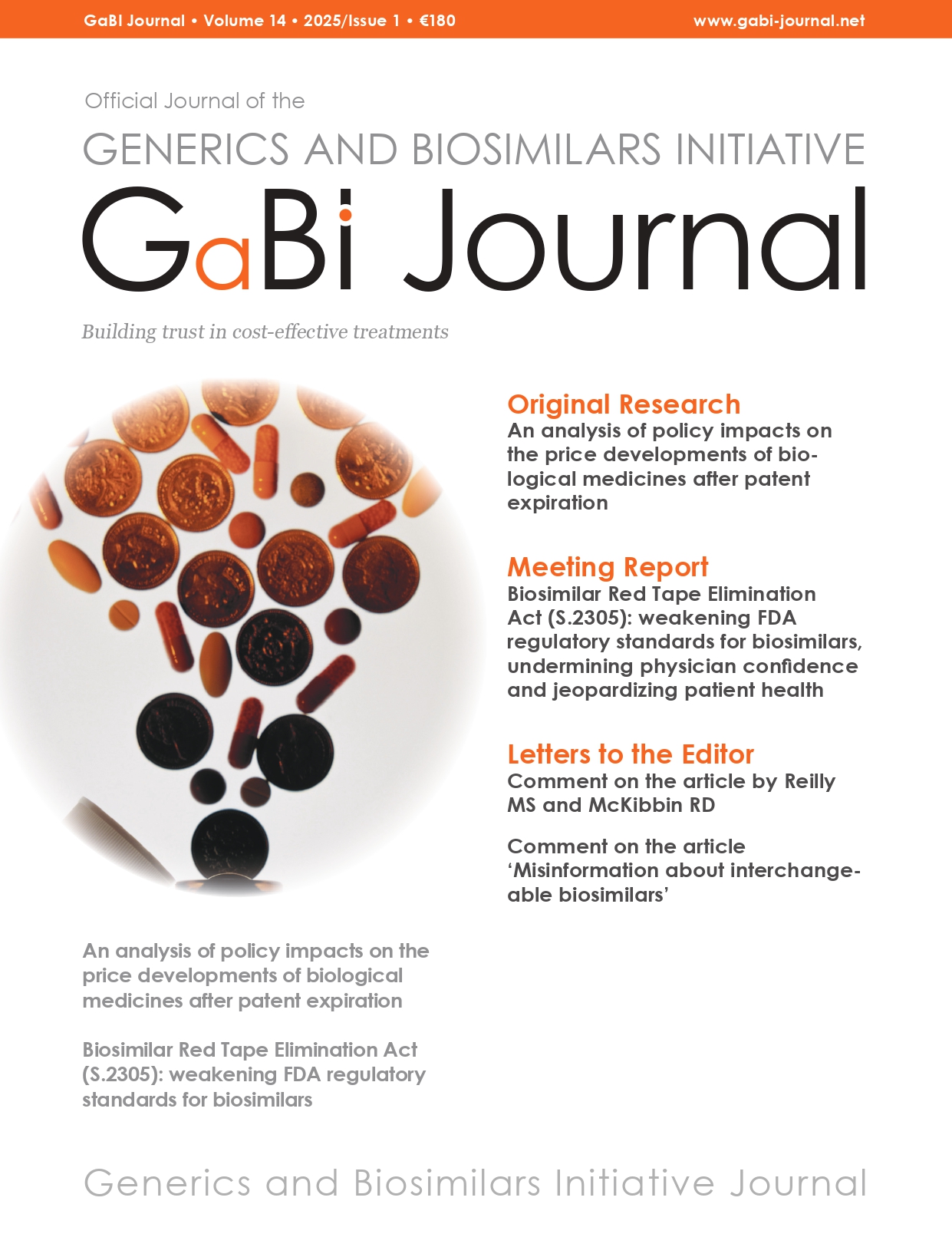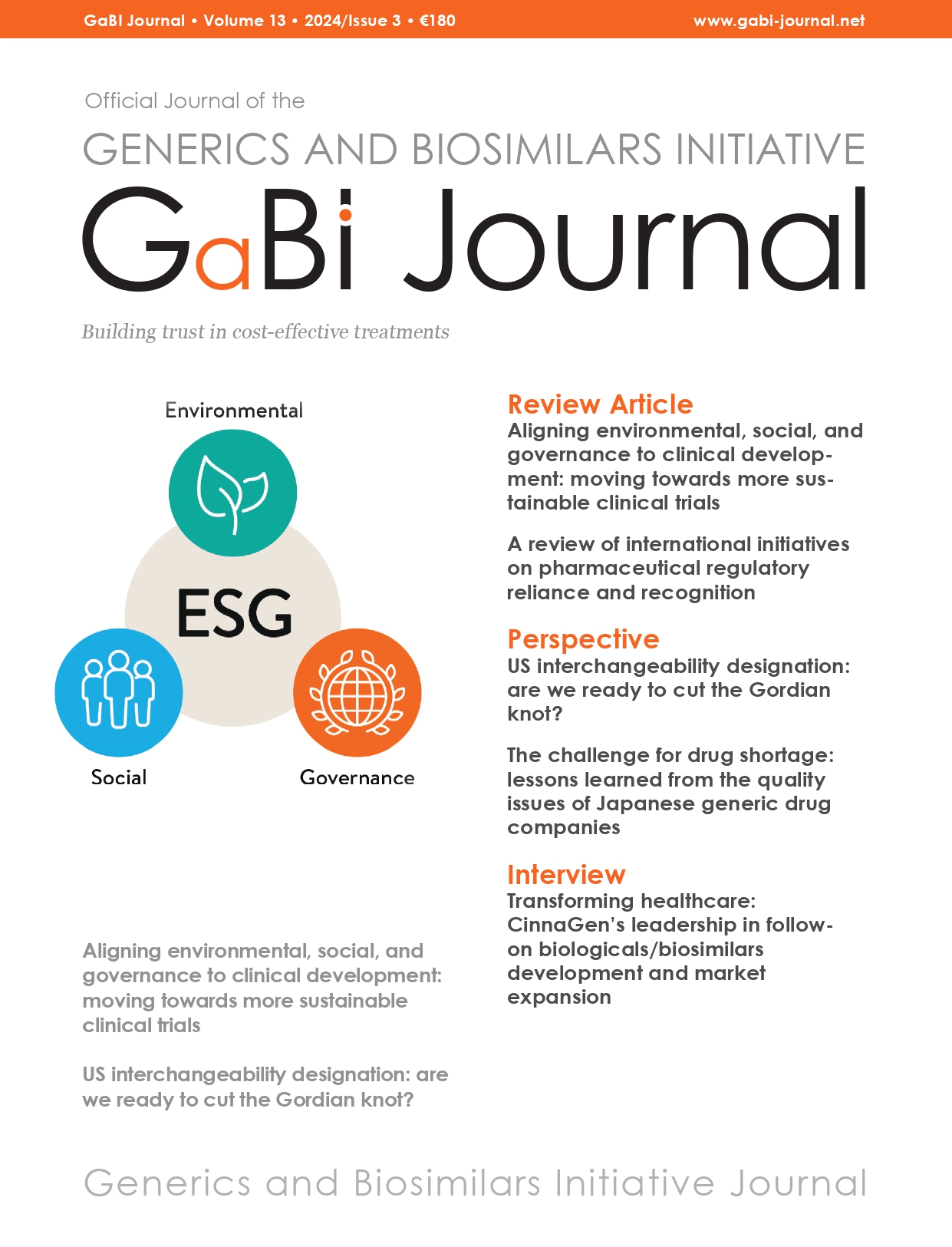Pharmacokinetics and bioequivalence of generic etoricoxib in healthy volunteers
Author byline as per print journal: Nishalini Harikrishnan1, BSc; Ka-Liong Tan2, DPhil; Kar Ming Yee3, BPharm; Alia Shaari Ahmad Shukri1, MSc; Nalla Ramana Reddy4, MBBS; Chuei Wuei Leong3, PhD Introduction/Study Objectives: A bioequivalence study was performed to compare the pharmacological profile of innovator etoricoxib (ETO) with a newly developed generic ETO, both in a 120 […]


